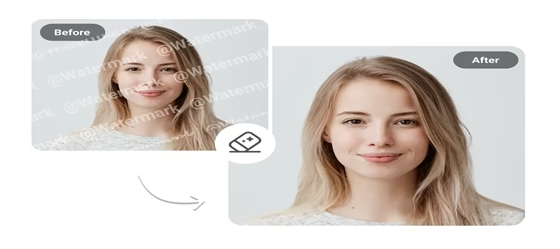Visual media has become a cornerstone of effective brand communication. Consumers are constantly bombarded with content, making it important for brands to stand out quickly and memorably. Visual elements such as videos, images, infographics, and animations capture attention faster than text and help convey messages more clearly. They enhance storytelling, strengthen brand identity, and emotional connection. As digital platforms continue to prioritize visual content, businesses must strategically use visual media to engage their audience, communicate their values, and build lasting relationships. Simply put, visuals have become vital tools in modern branding.
Creating Instant Recognition and Emotional Connection
Visual media play a vital role in establishing immediate brand recognition and forming emotional bonds with consumers. A single image, logo, or video clip can convey a brand’s personality far more quickly than text alone. Think of how iconic visuals, like Apple’s minimalist product imagery or Coca-Cola’s red and white color scheme, immediately evoke specific emotions and associations. These visual cues build familiarity and trust, creating a shortcut for audience recognition. Visuals often bypass the analytical part of the brain and go straight to the emotional core, making it easier for brands to evoke feelings such as joy, excitement, or nostalgia. This emotional resonance encourages loyalty and enhances the likelihood that consumers will remember the brand and share its message with others.
Driving Engagement Across Digital Platforms
When scrolling through content is a daily habit, engaging visual media is critical to standing out. Platforms like Instagram, TikTok, and YouTube thrive on eye-catching visuals that capture attention within seconds. Even on text-heavy platforms such as LinkedIn or Twitter, posts accompanied by visuals receive significantly higher engagement rates. Visual content like videos, GIFs, and interactive infographics increases dwell time and encourages likes, shares, and comments, helping brands expand their reach organically. As experts from Myth Studio London explain, incorporating visual storytelling into content strategies can simplify complex ideas, making them more digestible and appealing to diverse audiences. By aligning visuals with the platform and audience intent, brands can tailor their message for maximum impact.
Reinforcing Brand Identity and Consistency
Consistency in visual presentation is key to reinforcing brand identity across all customer touchpoints. From font choices and color palettes to photography styles and animation tones, every visual element contributes to the perception of a brand. A well-defined visual identity creates cohesion across marketing materials, packaging, websites, and social media channels. This consistency reassures consumers, making the brand appear reliable and professional. For example, a brand that uses playful illustrations on its Instagram but employs stark, formal visuals on its website risks confusing its audience. By maintaining visual consistency, companies reinforce their values and voice, making it easier for consumers to understand who they are and what they stand for.
Enhancing Storytelling and Message Retention
Storytelling is at the heart of effective brand communication, and visual media serves as a powerful enhancer of narratives. Visuals help break down information into easily digestible segments, supporting the narrative flow and clarifying key messages. Research consistently shows that people retain visual information more effectively than text. This means that incorporating charts, animations, and illustrations into messaging can significantly improve recall and comprehension. Whether demonstrating how a product works or illustrating a customer journey, visuals bring abstract ideas to life and make them relatable. A strong narrative supported by compelling visual elements captivates the audience and deepens their understanding of and connection to the brand’s purpose and offerings.
In modern brand communication, visual media is a strategic asset that fosters connection, drives engagement, and strengthens brand identity. As the digital environment becomes increasingly visual, companies that master the art of visual storytelling will be better equipped to capture attention, communicate effectively, and build lasting relationships with their audiences. Investing in high-quality, consistent, and emotionally resonant visual content is vital to staying relevant and competitive.






